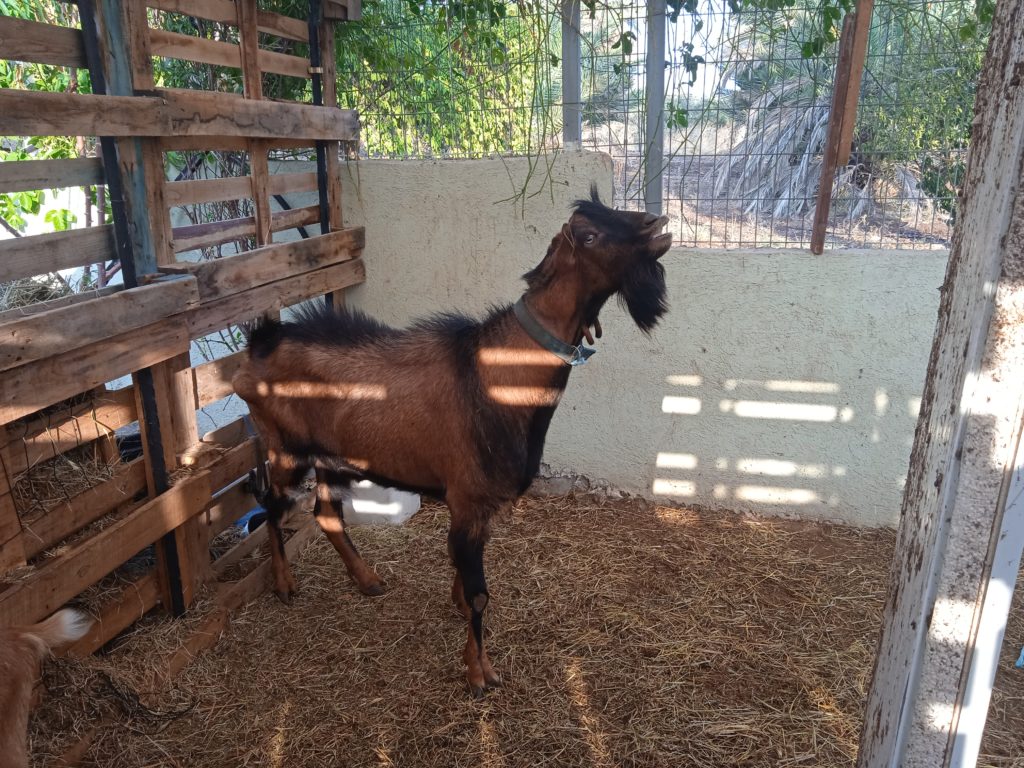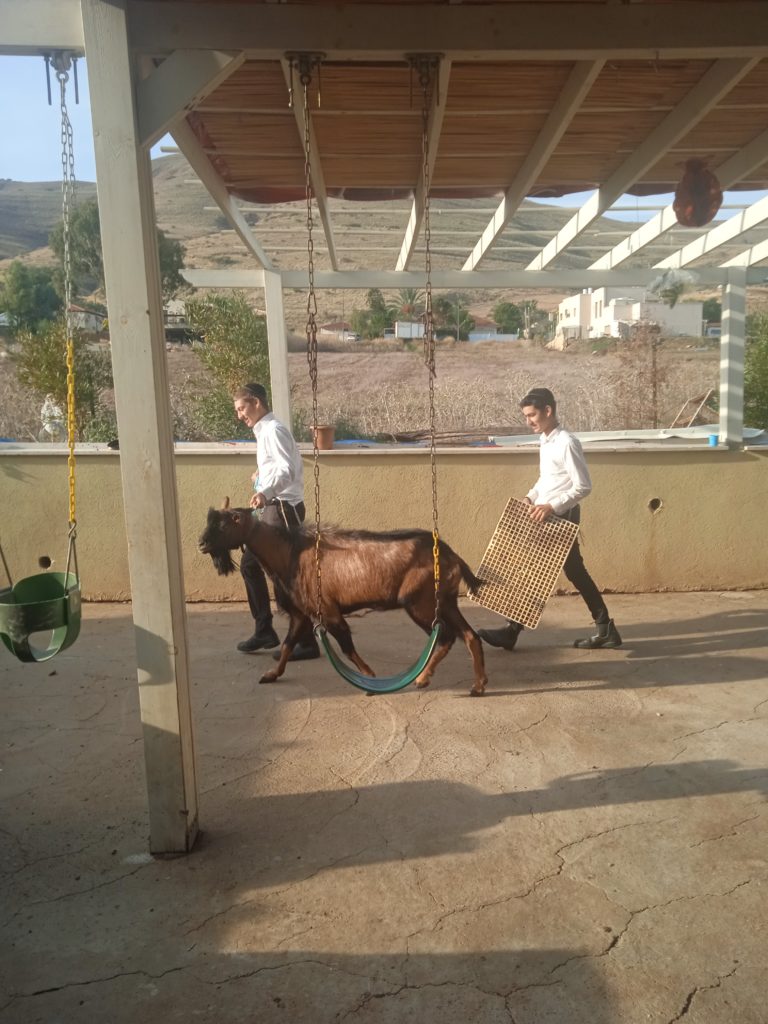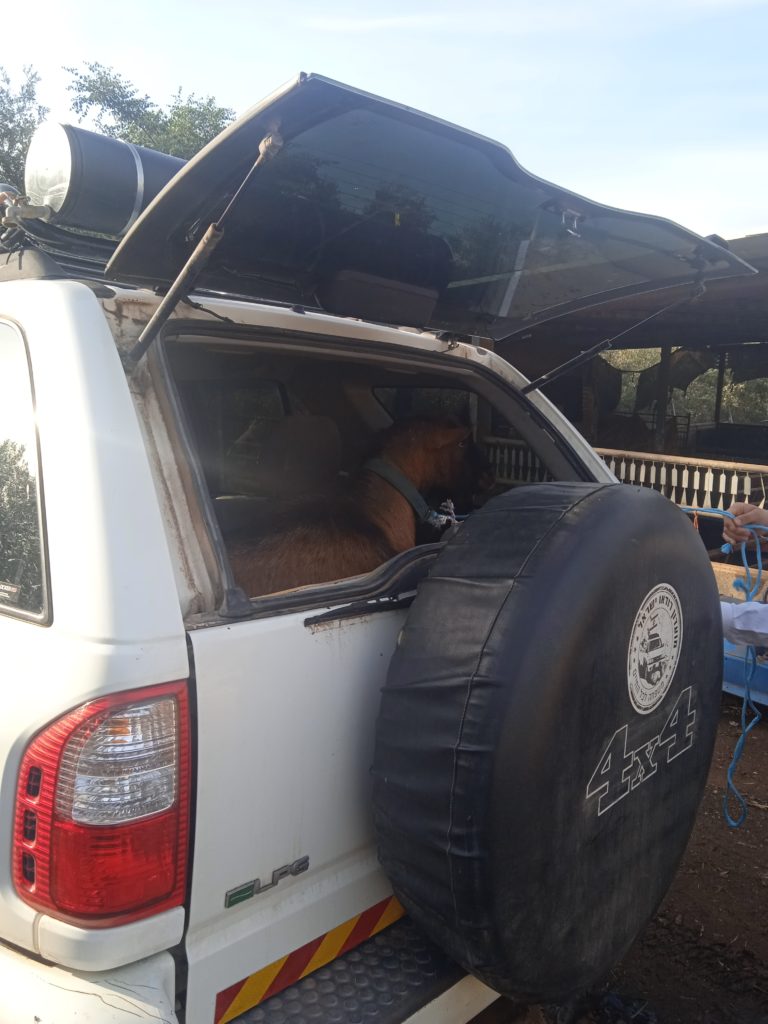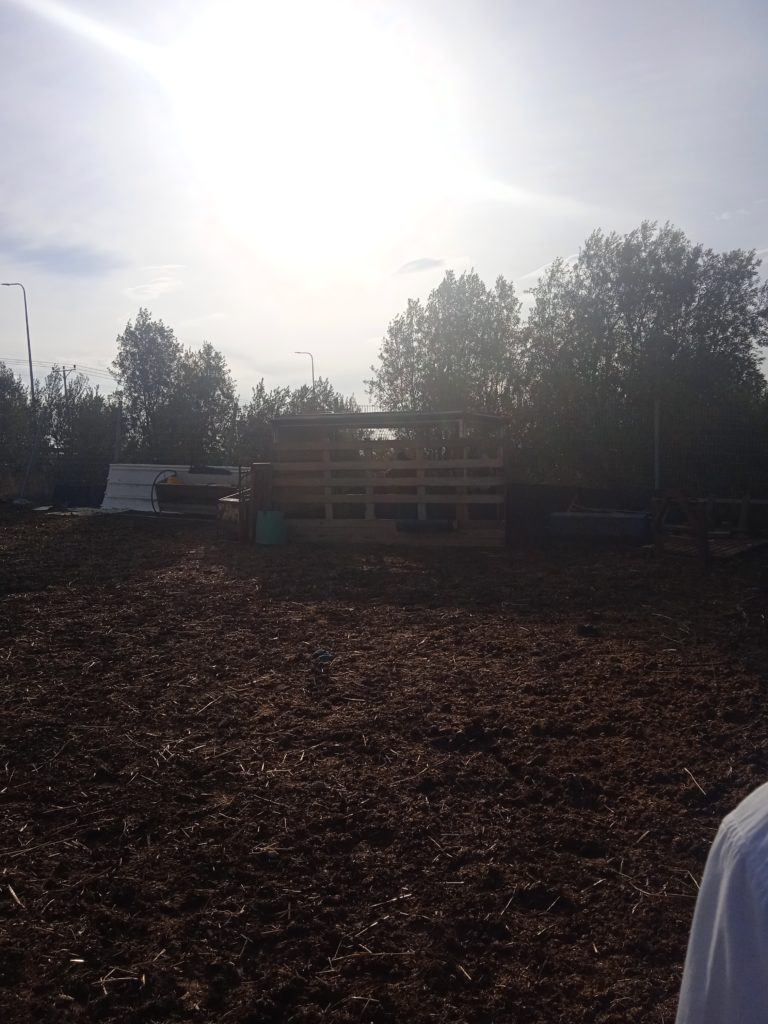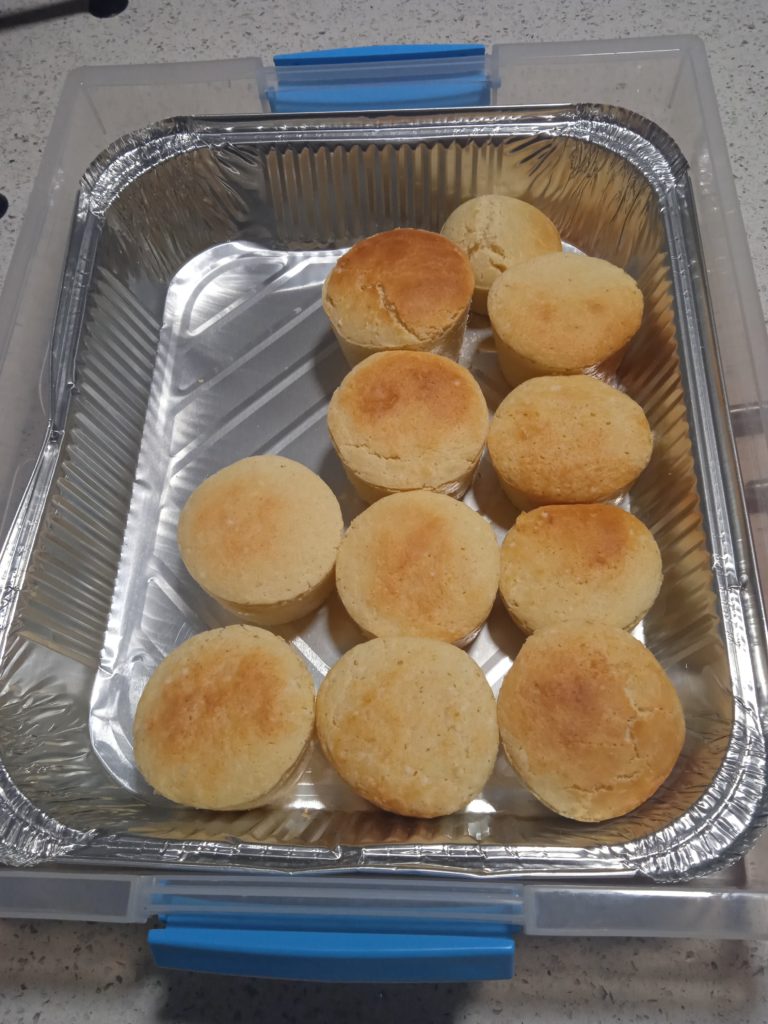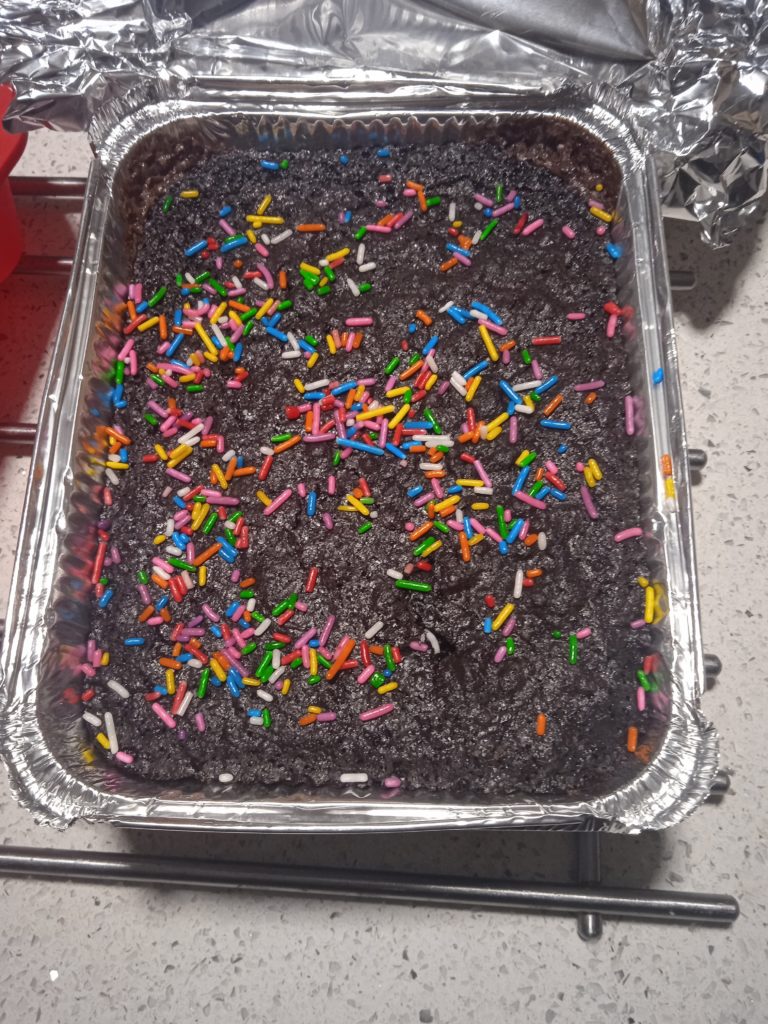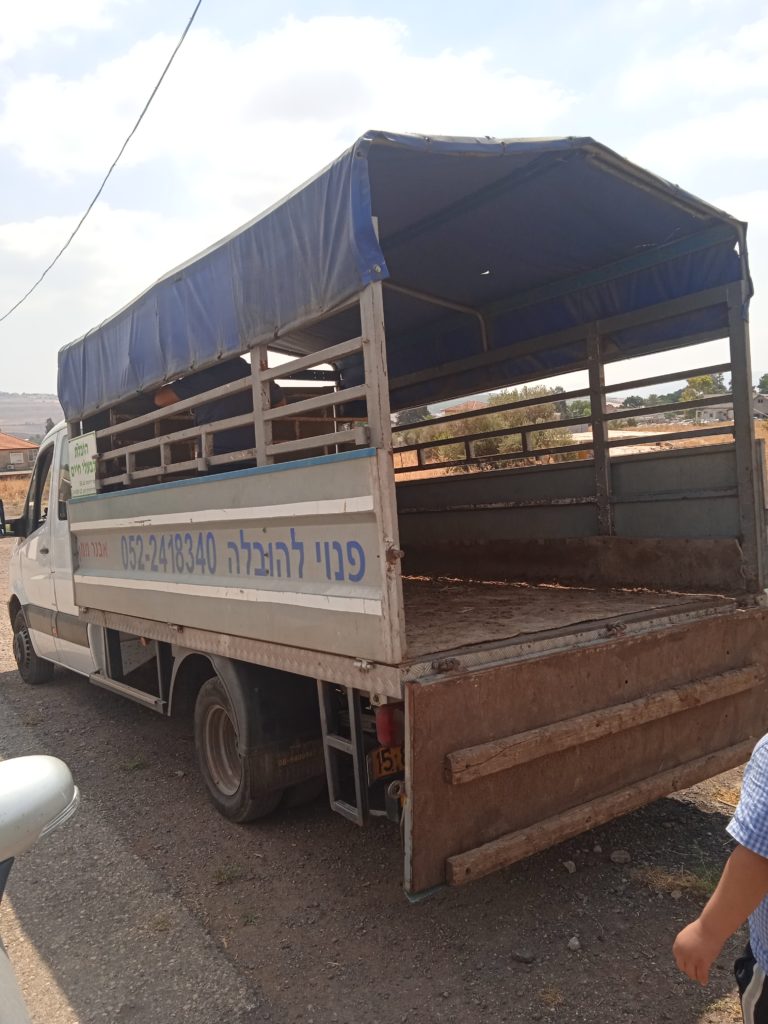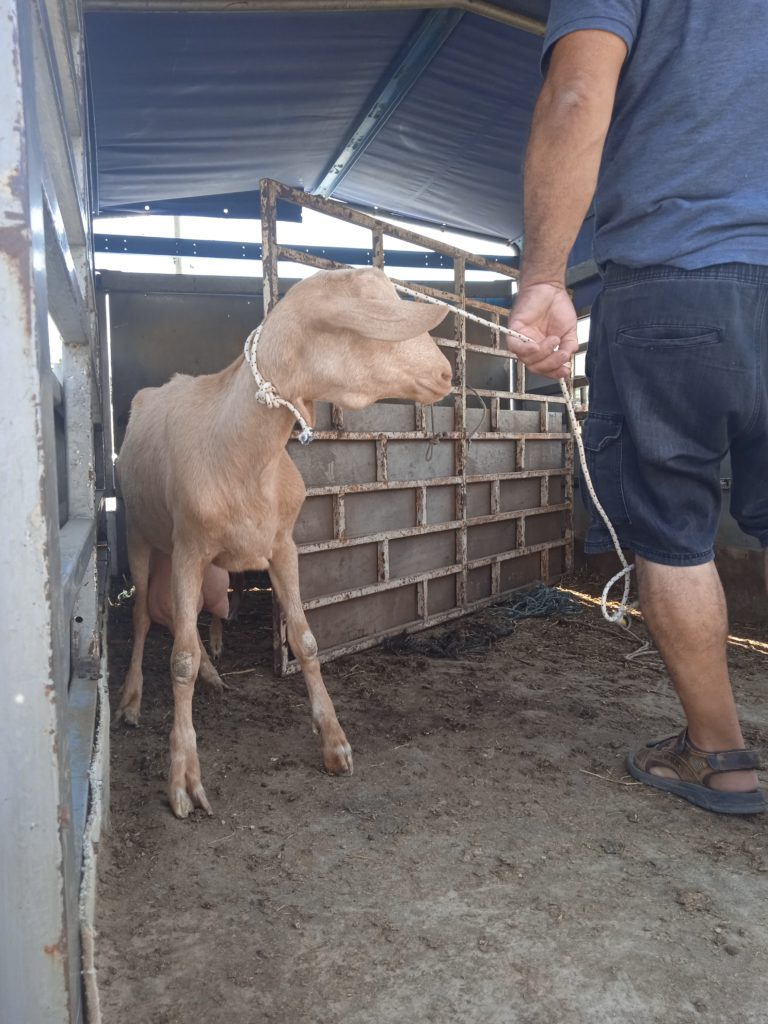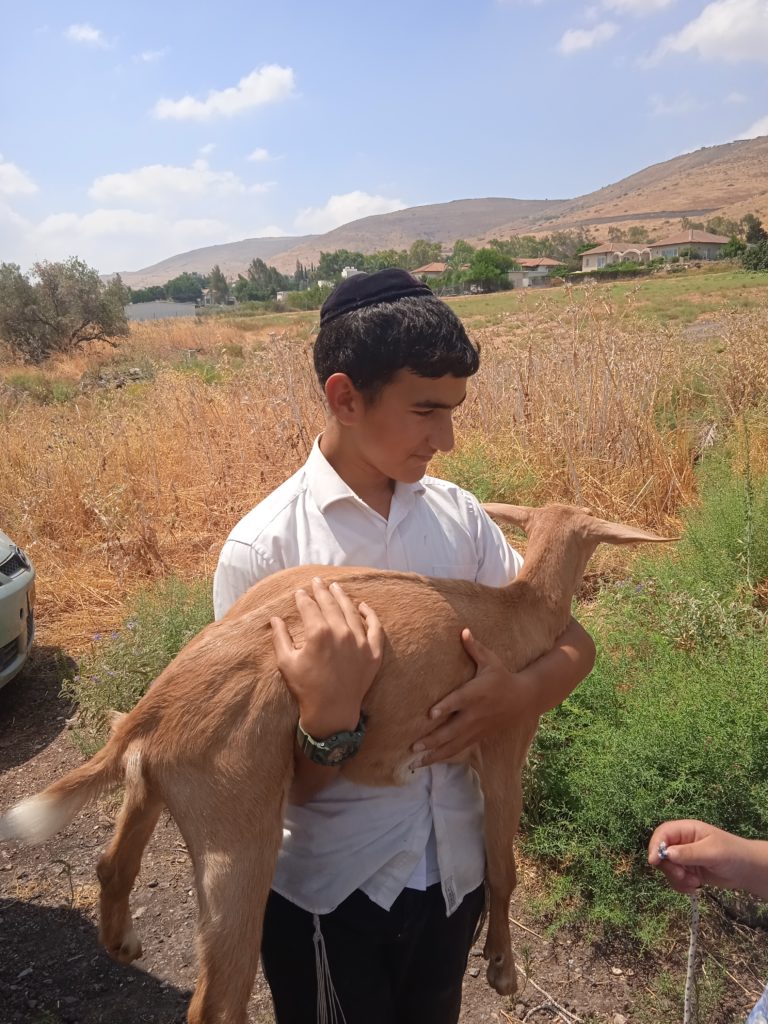Back in June, I noticed a jump in our mortgage payment, which had previously been stable for years.
My husband and I wondered what was going on, so he called the bank to find out. They told him that a portion of our mortgage loan is linked to the prime rate, which means it’s linked to the Bank of Israel interest rate increases.
(Quick explanation of Israeli mortgages so all of this will make sense: the standard mortgage consists of three different loans, each with different terms. One portion is fixed, one portion is linked to inflation, and the third portion is linked to interest rates. A completely fixed mortgage isn’t a typical offering here, no doubt because the high prices of real estate necessitate loans to be rigged like this to make them affordable to the average buyer.)
Concerned about the possibility of inflation, we made the decision over a year ago to pay off the portion of our mortgage that was linked to inflation. We talked about this for a long time, and breathed a sigh of relief when it was done, relieved that our mortgage payment wouldn’t be affected by market fluctuations. (At that point we were still unaware that the prime loan was linked to interest rates.)
It was a very unpleasant surprise when we learned that we still had a portion of our mortgage with a variable rate. My husband was told by the bank representative that they’re legally allowed to raise the rates eight times in a year – though when he called someone who works in mortgages to verify this information, he assured us that they wouldn’t do that because it would destroy the economy. (Good we’re not in Australia, where I was told they had interest rate increases for eight months straight! I suppose they aren’t worried about destroying their economy?)
After seeing the mortgage go up in June, I considered converting our prime loan to a fixed rate, but assumed it would be fixed at a much higher interest rate. That obviously would mean a much higher payment, and I mentally debated if it was worth it. While I was mentally waffling, my monthly mortgage steadily moved higher, and is now up 20% in the last six months.
Two weeks ago I finally called to get the details on converting our variable loan to a fixed rate, rather than continuing building up in my mind how costly it would be.
Our mortgage broker told me that interest rates will be going up again in January, but suggested I wait to convert my mortgage until next year when he hopes rates will go down. Though generally people convert a mortgage to take advantage of lower rates, I explained that I want the stability of a predictable, fixed monthly payment.
I was very pleasantly surprised to learn I could get a fixed rate for less than one percent more than what I’m currently paying. I was sure that it would be at least 3 – 4 percent higher. To think that for months I debated converting to what I thought would be a much higher rate, when the fixed rate for a prime loan is just marginally higher than the prime rate itself!
I am very much hoping we will have our loan converted before the interest rate increase in January. The paperwork is in process so we’ll see. It’s been reassuring to have taken this step, even if it’s not finished yet.
Avivah
